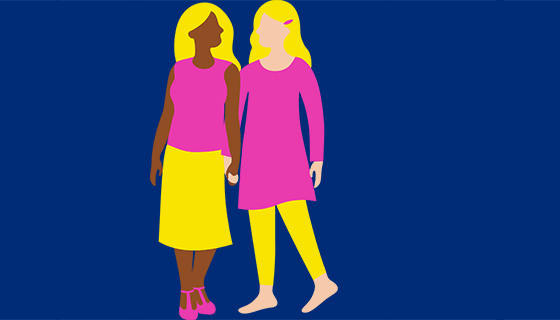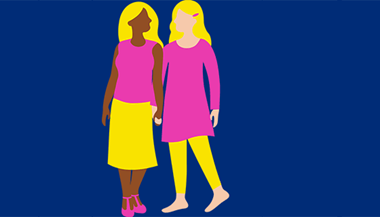6 Heart Health Mistakes Made by Women- and How to Avoid Them
Despite the fact that heart disease is the number one cause of death for women in the United States, there’s still a common misperception that it’s “a guy thing.” Women fear breast cancer more, even though they’re eight times more likely to die of heart disease. Women need to understand all their risk factors.
Read the facts around these common women’s heart health misconceptions.

Believing You’ll ‘Know’ When You Need to Get Your Blood Pressure Checked
It’s great to be in tune with your body, but that approach alone has its limits. Blood pressure and high cholesterol are silent conditions. Symptoms such as dizziness are not a sign of these problems: A test can tell you whether or not you’re at risk for them.
How to proceed: Get your blood pressure, blood cholesterol and blood sugar measured regularly by your doctor. They can flag your risk for future heart trouble.
Installing an Exercise Bike in the Home
By itself, having a bike or treadmill is great. But consistently using it is a challenge. If your new exercise program is not fun, natural or convenient, it’s too easy to slack off after an initial push.
How to proceed: Pick an activity that’s fun for you so you’ll want to do it often, like an enjoyable sport, dance class or running with a friend.
Smoking to Keep Weight Down
Keeping your weight in a normal range is great for your heart, but risks associated with using cigarettes or vaping cancel out any potential weight-loss benefit. Smoking is a leading cause of cardiovascular disease. Emerging data on e-cigarettes suggest links to chronic lung disease and asthma, and if you vape and smoke, it may raise the risk of heart problems, too.
How to proceed: Control your weight with diet and exercise and don’t rely on cigarettes — including the electronic varieties, which still contain addictive nicotine.
Not Knowing the Warning Signs of Heart Trouble for You
Heart attack can present differently in women than it does in men. Not everyone gets the classic signs of chest pain and pressure: There are other danger signs women should be aware of.
How to proceed: If you notice nausea, abdominal pain, difficulty breathing or other bothersome symptoms that are unusual for you, it’s important to consult with your doctor.
Avoiding Hormone Replacement Therapy at Menopause Because It’s Bad for the Heart
Suffering through intense hot flashes and sleep disturbances may be avoidable. While it’s no longer believed that hormone replacement therapy can protect the heart at menopause, that doesn’t mean you need to avoid it. Talk to your doctor about your individual risks and whether it’s safe to take hormones for menopause symptoms.
How to proceed: If you and your doctor agree it is appropriate for you to take hormones for menopausal symptom relief, you may try a prescription at the lowest possible dose for the shortest period of time you can.
Thinking Certain Health Problems of Pregnancy Ended with Your Child’s Birth
Experiencing diabetes that develops during pregnancy, gestational diabetes or hypertensive disease of pregnancy, such as gestational hypertension or preeclampsia can increase your risk for heart problems later in life.
How to proceed: Always inform a new doctor of your full health history so that he or she has the information necessary to consider your individual needs.
Research Shows Take Diabetes Seriously
Women under 60 who have diabetes have up to four times the risk of developing coronary artery disease as women without diabetes, Johns Hopkins research has shown — much higher than previously believed. Women notoriously take care of everybody else while minimizing their own health needs. Learn the warning signs of diabetes and take steps to get blood sugar under control.
Two other conditions related to heart disease that more often strike women are depression and rheumatoid arthritis.
Definitions
Arteries (ARE-te-rease): The blood vessels that carry oxygen-rich blood away from your heart for delivery to every part of your body. Arteries look like thin tubes or hoses. The walls are made of a tough outer layer, a middle layer of muscle and a smooth inner wall that helps blood flow easily. The muscle layer expands and contracts to help blood move.
Cardiovascular (car-dee-oh-VAS-cue-ler) disease: Problems of the heart or blood vessels, often caused by atherosclerosis — the build-up of fat deposits in artery walls — and by high blood pressure, which can weaken blood vessels, encourage atherosclerosis and make arteries stiff. Heart valve disorders, heart failure and off-beat heart rhythms (called arrhythmias) are also types of cardiovascular disease.
Risk factor: Anything that boosts your chances of getting a disease. For example, smoking is a risk factor for cancer, and obesity is a risk factor for diabetes.





